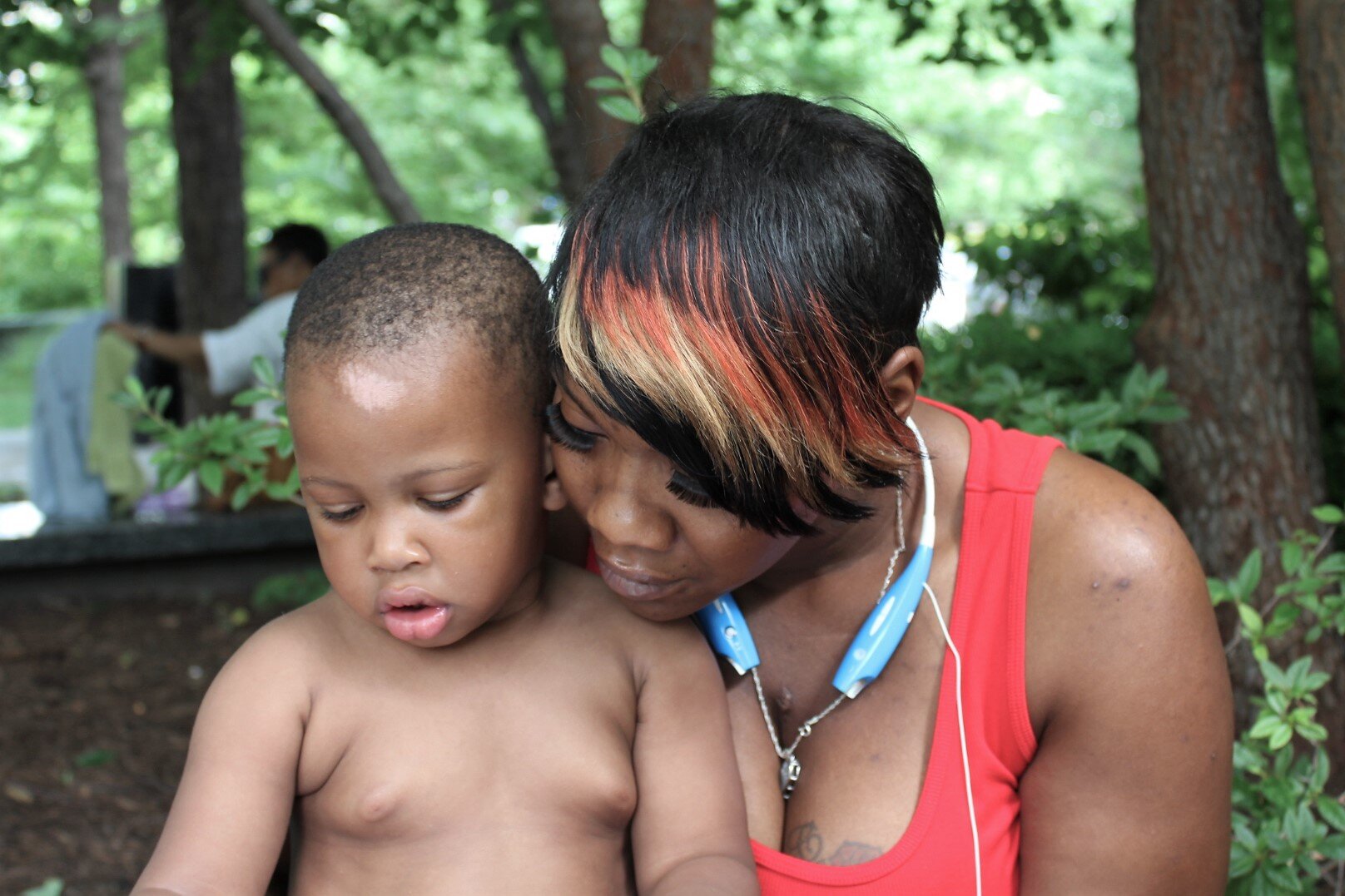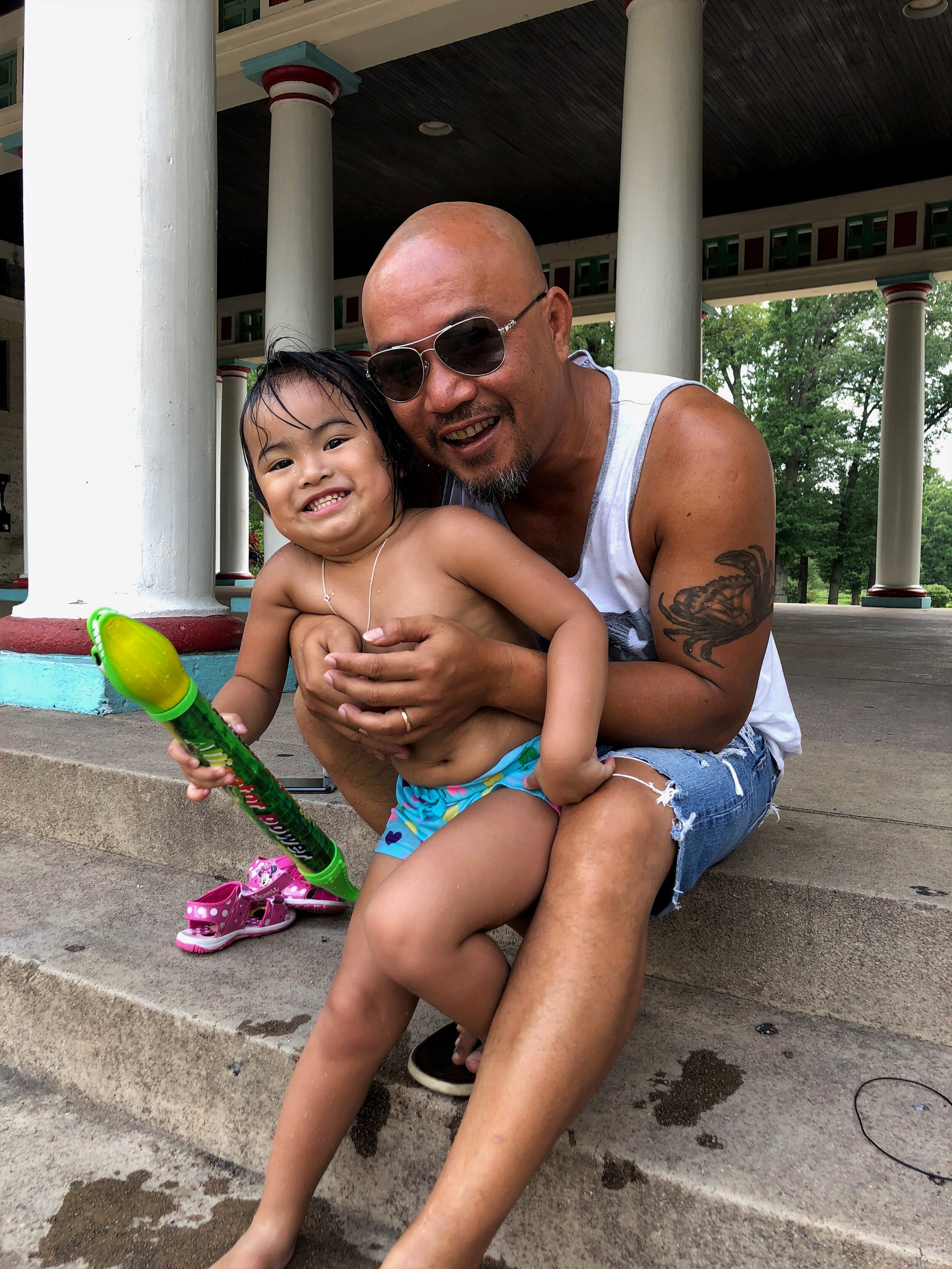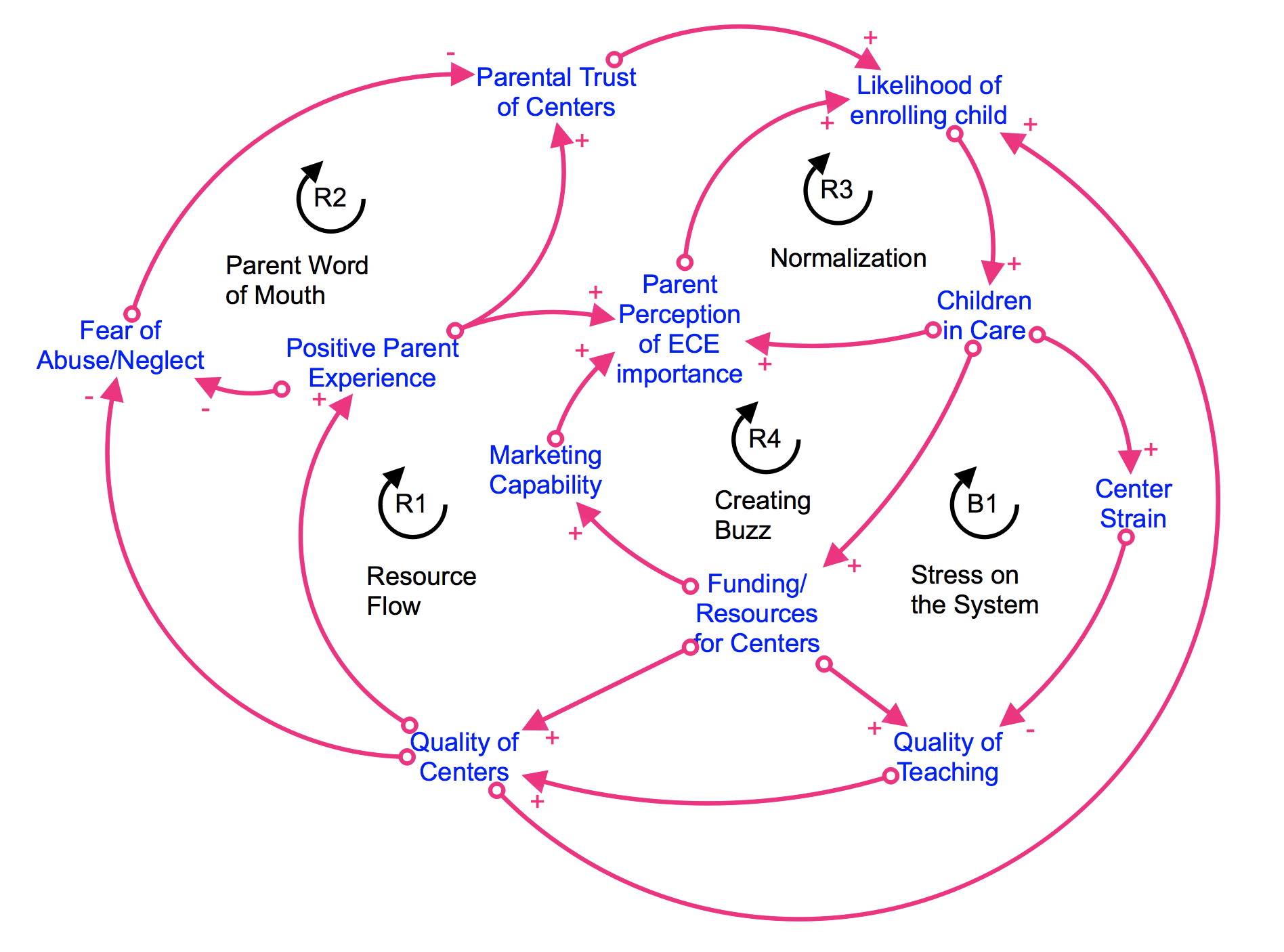
The Challenge:
Early childhood education is a vital part of the social, emotional, and educational development of children before they enter kindergarten. For every one dollar invested in early childhood, $13 are returned back to society in saved costs, increased educational attainment, and other social adjustment metrics.1 However, in 2016, only 52% of eligible 3 and 4 year olds in St. Louis city was enrolled in pre-K, according to US Census data.
In the summer of 2018, SKIP set out to learn from the perspectives of parents and caretakers: what is it like to try to find and utilize high-quality early childhood education in St. Louis?
The Approach:
SKIP went to the parents and guardians of children 0-5 who are least likely to access early childhood education, setting up interview locations in grocery store parking lots, parks, and the local science center. Interviewers from SKIP offered parents, grandparents, and guardians gift cards in return for sharing their experiences with early care and education, conducting 53 individual interviews and 2 focus groups with 18 total participants. SKIP then analyzed the data for common themes and built a causal loop diagram, mapping how and why families access early childhood education.
The Result:
A causal loop diagram of the feedback loops at play in parents’ and guardians’ decisions to enroll in early childhood education.
SKIP found five key themes across interviews that were driving families to access or avoid early childhood education:
-
Perceptions of child-abuse/neglect: Social media and the news bombard parents daily with stories of child abuse at childcare centers both on the local and national level. Negative stories from other family’s experiences also lead to distrust of childcare providers.
-
Positive word of mouth: Conversely, centers with good reputations are regarded much higher by potential parents because they tend to trust other families’ experiences over a quality rating system or accreditation.
-
Teacher training and experience: Many caretakers emphasized the importance of teachers that have gained real experience interacting with children, represent the children they teach, and possess specific knowledge of the developmental needs of the children’s age group.
-
Healthy food at centers: Since children stay at the childcare providers all day, parents want to make sure their kids are getting sufficient and nutritious food while they are at work. Oftentimes they will hear that centers don’t feed their children frequently enough or serve kids inadequate amounts of food.
-
Language/cultural barriers: Caretakers whom English is not their first language often cited complicated application processes and cultural miscommunications as major barriers to accessing childcare.
The perception that parents and guardians do not understand the importance of early childhood education is flawed: families know education is important, but faced with low-quality options and low trust in the system, many make the difficult decision to sacrifice work opportunities or find other care options that they believe are safer for their children.
SKIP presented these findings to advocates working to increase access to early childhood education, as well as back to the wider education community during an EdHub STL’s Cafe Night. IFF incorporated the insights into the First Step to Equity report.
Learn more about SKIP’s other work in early childhood education: understanding the perspectives of early childhood education teachers and modeling the early childhood education system.
-
García, J. L., Heckman, J. J., Leaf, D. E., & Prados, M. J. (2016). The life-cycle benefits of an influential early childhood program (No. w22993). National Bureau of Economic Research.


